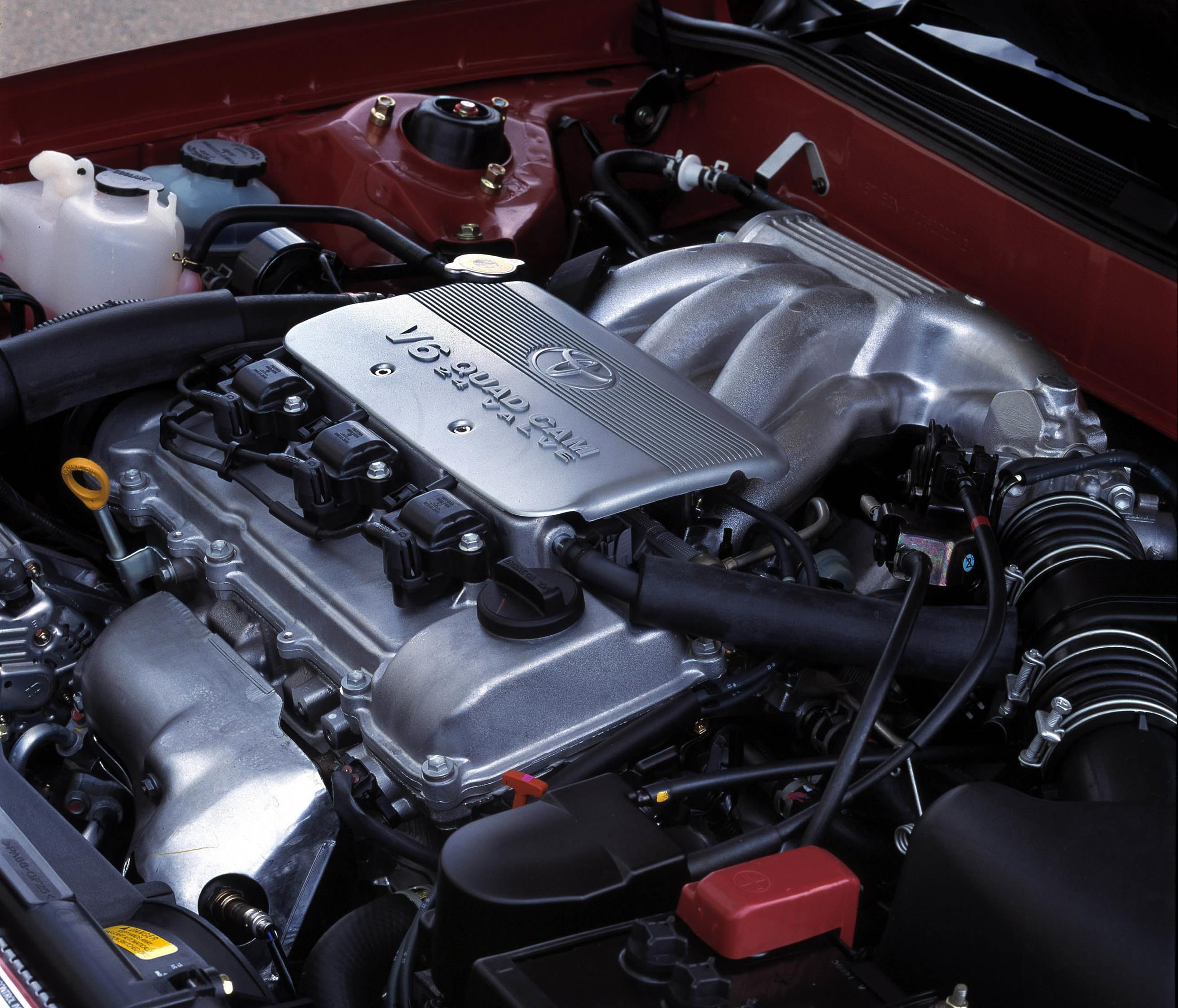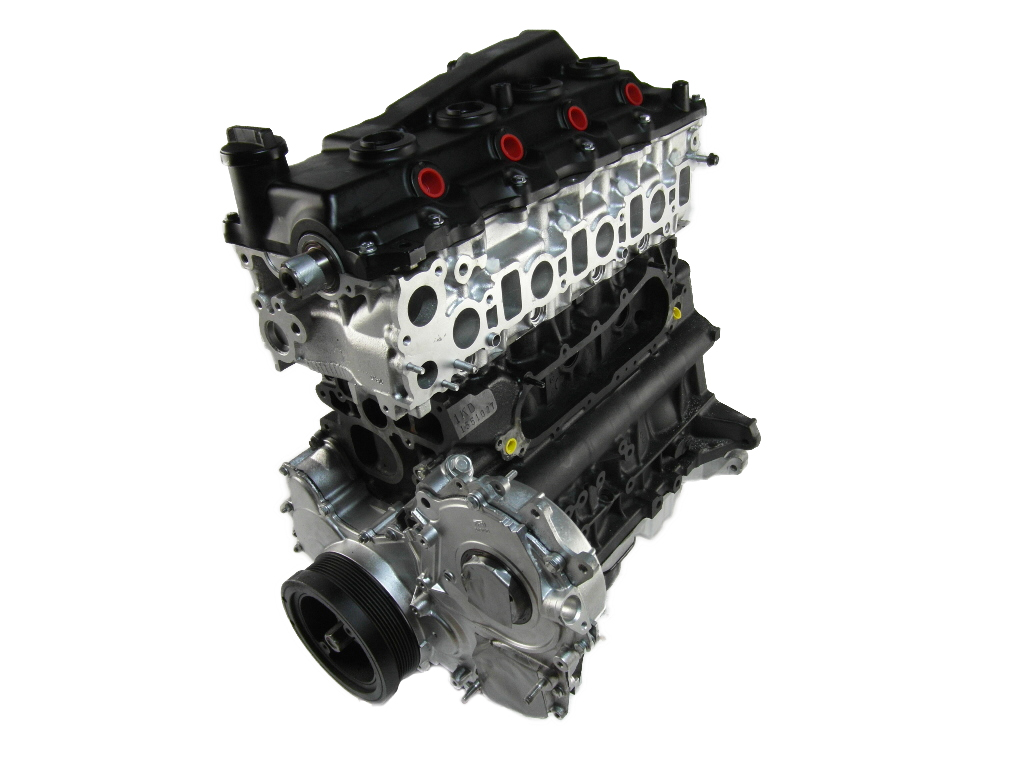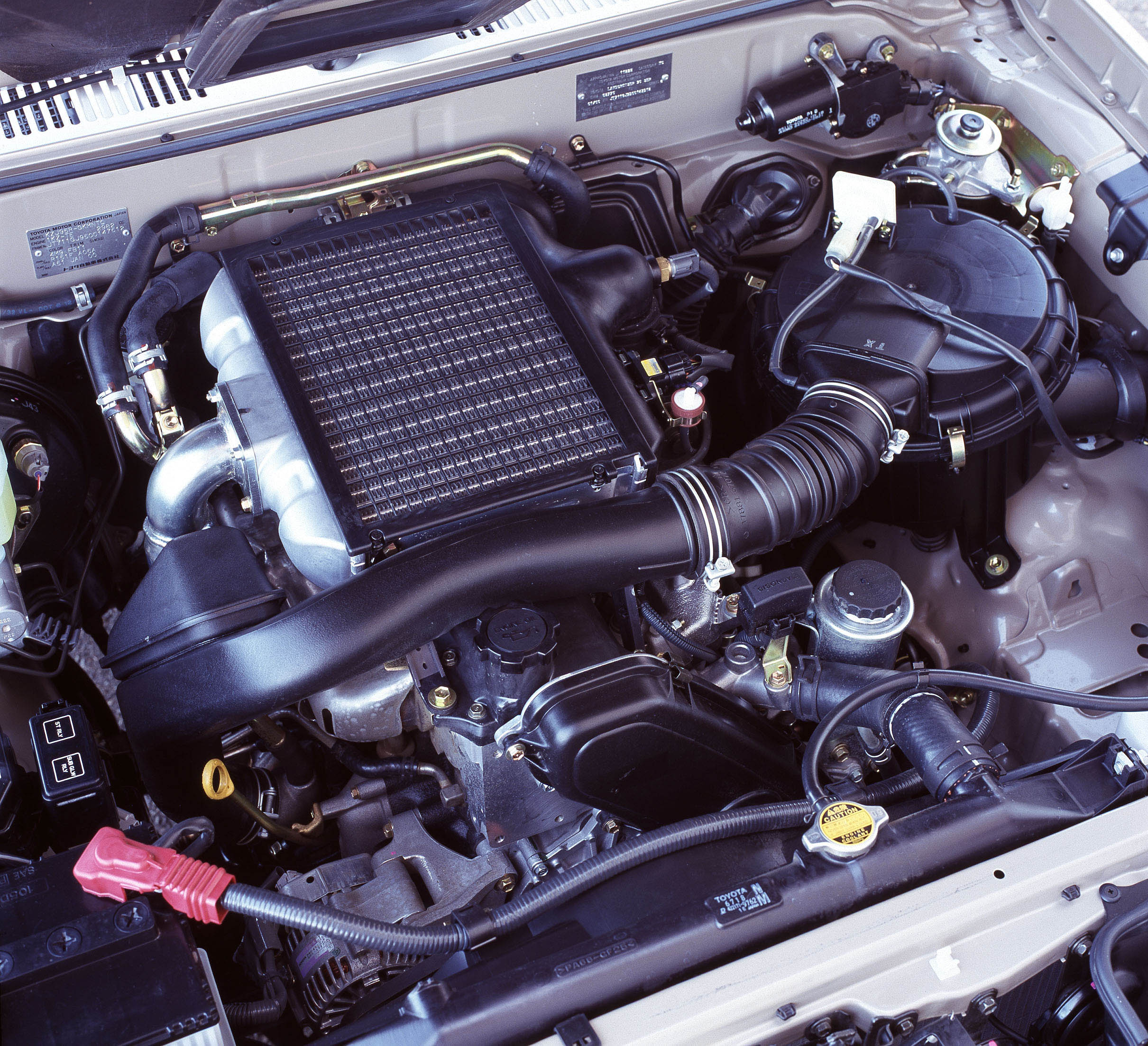Introduction
The Mercedes-Benz M176 is a 4.0-litre biturbo V8 petrol engine that is part of a modular engine family with:
- The OM654 four-cylinder diesel engine;
- The OM656 inline six-cylinder diesel engine;
- The M264 turbocharged four-cylinder petrol engine; and,
- The M256 turbocharged inline six-cylinder petrol engine.
Production of the M176 engine commenced at Mercedes-Benz’s Untertürkeim plant in Baden-Württemberg in mid-2016 and debuted in the W222 S 560. The M176 effectively replaced the M278 biturbo V8 engine and, according to Mercedes-Benz, is around 10 per cent more fuel efficient than its predecessor.
| M176 | M278 | |
|---|---|---|
| No. of cylinders/arrangement | V8 | V8 |
| Valves per cylinder | 4 | 4 |
| Displacement per cylinder | 498 cc | 583 cc |
| Displacement | 3982 cc | 4663 cc |
| Cylinder spacing | 90 mm | 106 mm |
| Bore | 83 mm | 92.9 mm |
| Stroke | 92 mm | 86 mm |
| Bore/stoke | 1.11 | 0.92; |
| Rated output | Over 350 kW | 335 kW |
| Peak torque | Approx. 700 Nm | 700 Nm |
| Compression ratio | 10.5:1 | 10.5:1 |
Crankcase
The M176 engine has an aluminium alloy crankcase that is produced by permanent mould casting. The crankcase has 83.0 mm bores and a stroke of 92 mm for a capacity of 3982 cc; like the other OM654, OM656, M264 and M256 modular engines, the cylinders are spaced at 90 mm intervals. Unlike those other engines, however, the M176 block has closed-deck construction (i.e. the engine block cover plate is closed in the area around the cylinders).
Within the cylinder bores, twin-wire arc spraying (TWAS) is used to apply a low-friction coating (‘Nanoslide’) that is based on an iron-carbon alloy. Since the Nanoslide coating results in a microporous surface for the cylinder walls, effective lubrication is achieved without the need for cast-iron cylinder liners. According to Mercedes-Benz, the Nanoslide coating reduces friction between the piston, piston rings and cylinder wall by up to 50 per cent and achieves a mass reduction of several kilograms.
The M176 block also undergoes a ‘spectacle honing’, a process in which a jig that resembles spectacles is bolted to the engine block in place of the cylinder head (which is mounted later) and the cylinder liners are subjected to mechanical surface treatment. The honing of the engine block produces the same state of stress as when the cylinder heads are mounted. The tension of the piston rings can therefore be reduced, in turn reducing frictional losses and oil consumption.
Cylinder head
The cylinder head for the M176 engine is produced from aluminium-zirconium alloy, which has better heat conduction than the standard aluminium alloy. Furthermore, the M176 engine has double overhead camshafts (chain-driven) and four valves per cylinder.
Cylinder shut-off
The M176 engine has ‘Camtronic’ variable valve lift which can be used to shut down four cylinders under low loads to:
- Reduce pumping losses; and,
- Increase the overall efficiency of the four operational cylinders by shifting the operating point towards higher loads.
The switchover to four-cylinder operation is accomplished by eight actuators that act on the axially movable cam parts of the intake and exhaust camshafts via a selector. These cam parts are held on the carrier shaft by gears and locked in their respective end positions. The intake and exhaust valves of cylinders 2, 3, 5 and 8 do not open due to the zero-lift cams of the cam parts. When four cylinder operation is engaged, fuel supply and ignition for the de-activated cylinders is discontinued so that no unburned mixture remains within the cylinder.
Solely available in the ‘Comfort’ and ‘Efficiency’ drive modes, cylinder shut-off is active at engine speeds between 900 and 3250 rpm. If engine speeds exceeds 3250 rpm or there is sufficient force applied to the accelerator pedal, the de-activated cylinders resume operation ‘within a matter of milliseconds’.
To reduce both fourth-order vibrations in eight-cylinder mode and second-order vibrations in four-cylinder mode, the M176 engine has a centrifugal pendulum.
Turbocharging
The M176 engine has two exhaust-gas driven turbochargers that are positioned between the cylinder banks (i.e. within the engine’s ‘V’); each turbocharger provides compressed air for one cylinder bank. For thermal protection of the engine components, the manifolds and exhaust turbochargers are specially insulated.
Direct injection
The M176 engine has direct injection in which piezo injectors spray fuel at high pressure into the eight combustion chambers. The delivery of fuel is electronically controlled and fully variable for a fuel pressure between 100 and 200 bar, while multiple injection occurs on-demand for a homogeneous fuel/air mixture.
Exhaust and particulate filter
With the M256 and M176 engines, Mercedes-Benz claims to be the first manufacturer to ‘opt for the large-scale use of particulate filters for petrol engines’; the M264 engine will also be equipped with a particulate filter in the future.
For the M256 and M176 engines, the particulate filter works in a similar way to the technology in diesel vehicles. Specifically, the exhaust gas stream passes through a particulate filter that has a honeycomb structure with alternately sealed inlet and outlet channels. As such, the exhaust gas is forced to flow through a porous filter wall which traps the soot. The filter can also be continuously regenerated under certain driving conditions. While Mercedes-Benz uses ceramic particulate filters of silicon carbide (SiC, also known as carborundum) in diesel vehicles, the particulate filter for petrol engines is based on cordierite, a magnesium iron aluminium cyclosilicate.
The M176 also engine has exhaust after-treatment with two catalysts directly mounted on the engine and on the underfloor.
| Model | Engine | Peak power | Peak torque |
|---|---|---|---|
| 2017 W222 S 560 | 4.0-litre M176 biturbo petrol V8 | 345 kW at 5250-5500 rpm | 700 Nm at 2000-4000 rpm |


